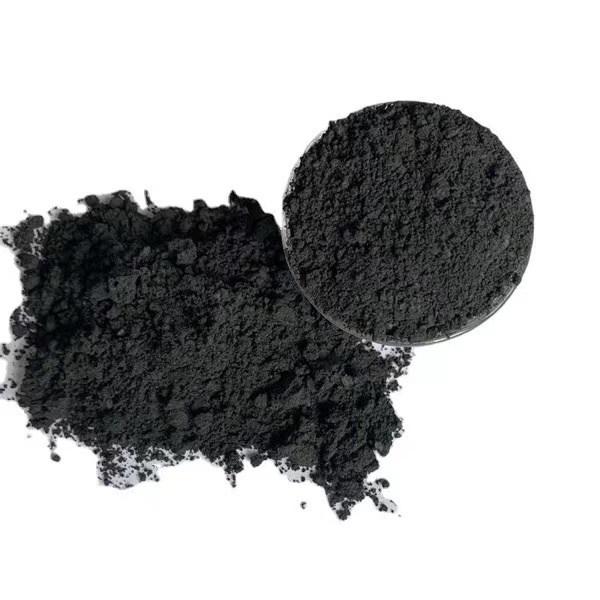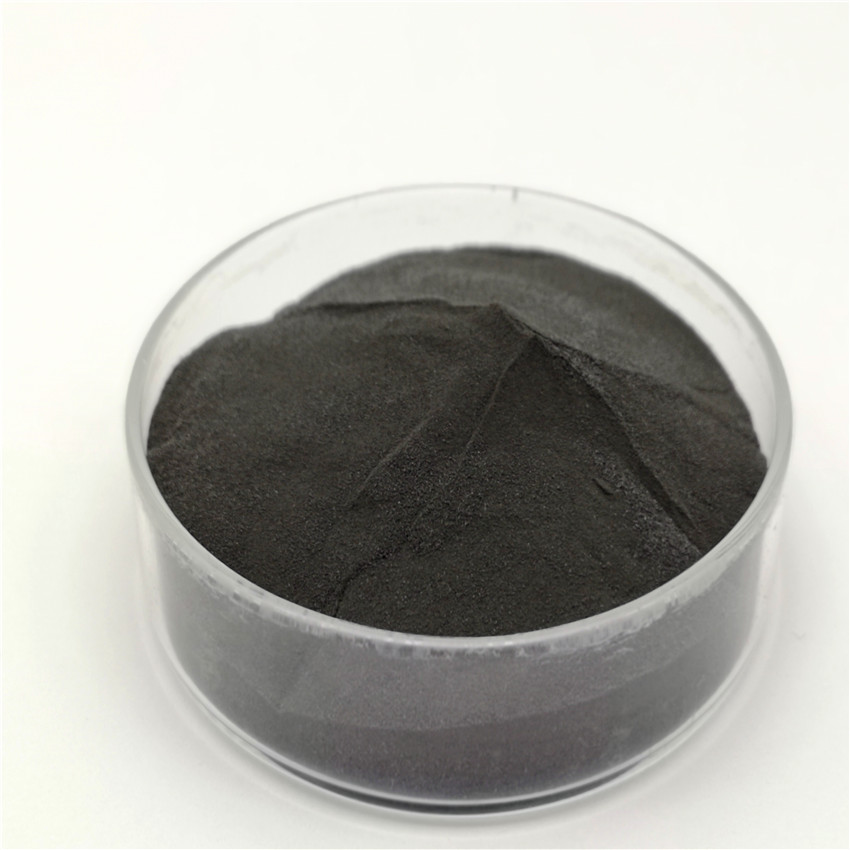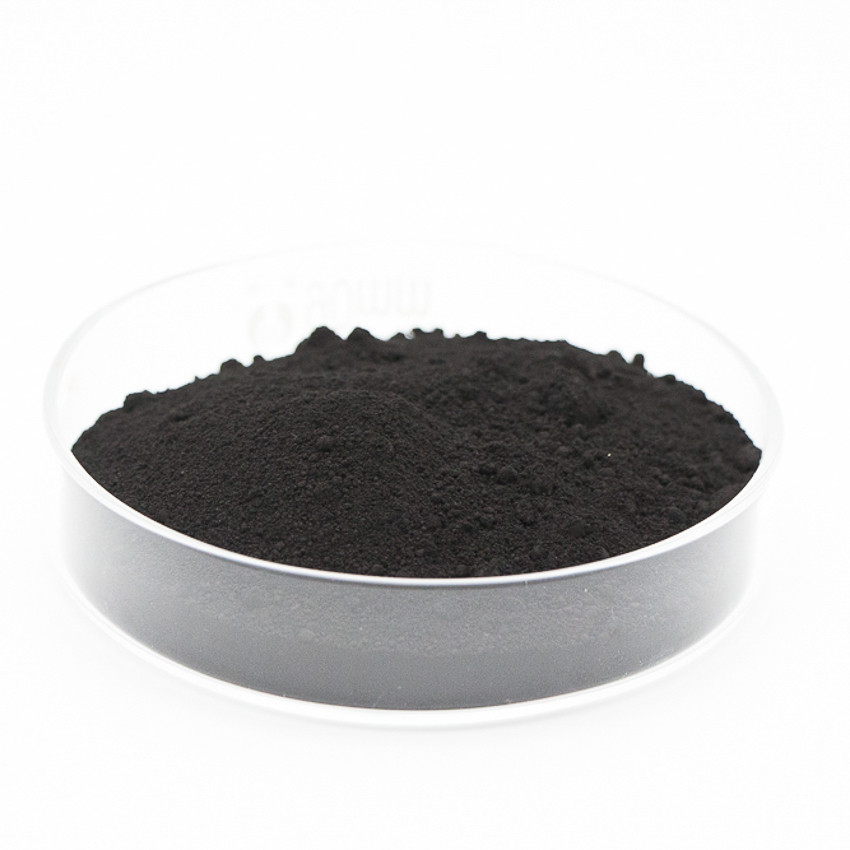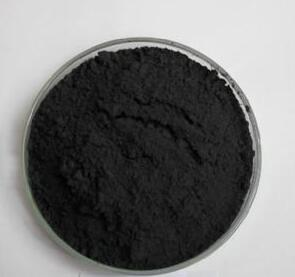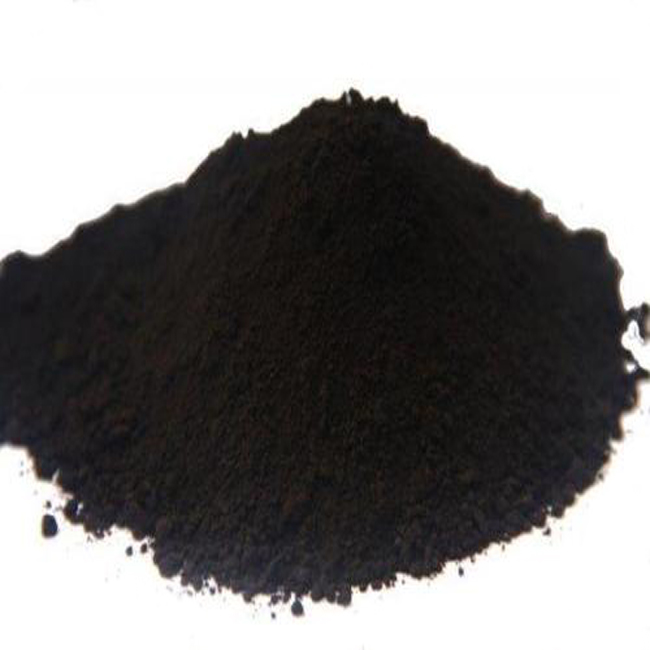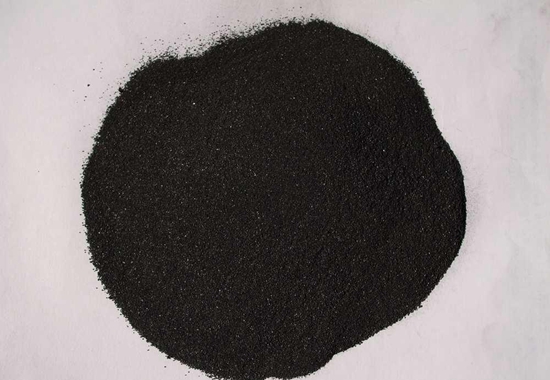A brief introduction to the sustainable development of lithium batteries-environmental friendliness
Are lithium battery materials environmentally friendly?
First, it should be clear that the production process of any battery will have certain environmental impacts, including carbon emissions, energy consumption and waste generation. However, with the continuous advancement of science and technology, we are constantly exploring and developing more environmentally friendly battery materials.
Lithium-ion battery cathode materials mainly include lithium cobalt oxide, ternary materials, and lithium iron phosphate. These materials do produce certain environmental pollution during the production process. For example, lithium cobalt oxide and ternary materials may produce a large amount of carbon dioxide and some harmful by-products during the production process. However, with the advancement of technology, we have begun to develop and promote new cathode materials, such as lithium-rich materials, high-nickel materials, etc. These new materials can greatly reduce environmental pollution during the battery production process.

Graphite, silicon-carbon composite negative electrode materials, etc., are mainly used for negative electrode materials. Among them, silicon-carbon composite anode materials are widely considered to be one of the future development directions of lithium battery anode materials due to their advantages such as high specific capacity, high energy density and low cost. The industry has widely recognized the environmental friendliness of this material.
In addition, we are constantly exploring new battery materials, such as solid electrolytes, metal-air batteries, etc. These new materials can completely replace existing lithium battery materials and greatly improve lithium batteries' environmental friendliness. For example, a metal-air battery is a new type that generates electrical energy by reacting metal with oxygen in the air. Its biggest advantage is that it can greatly reduce its environmental impact.
In general, although the current lithium battery materials will produce certain environmental pollution during the production process, with the continuous development of technology, the emergence of new lithium battery materials, research and development and promotion, the environmental friendliness of lithium batteries has been continuously improved. Improvement. We have reason to believe that lithium batteries will be more environmentally friendly and sustainable in the future.
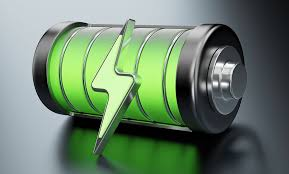
Is there any research, development and application of alternative materials for lithium battery materials?
New battery materials such as lithium-sulfur batteries, lithium-air batteries and sodium-ion batteries are gradually being developed and applied in practice.
First, lithium-sulfur batteries, as a new type of secondary battery, have the advantages of high energy density, low cost, and long life. Its positive electrode material is sulfide, the negative electrode material is metallic lithium, and the electrolyte is potassium hydroxide solution. However, lithium-sulfur batteries have relatively low capacity and cycle times, the main problems they currently need to overcome.
Secondly, the lithium-air battery is also a new type of battery that has attracted much attention. Its positive electrode material is oxygen in the air, the negative electrode material is metallic lithium, and the electrolyte is an organic solvent. Lithium-air batteries have extremely high energy density and safety, but the environmental impact of chemical reaction products produced during charging and discharging also needs further consideration.
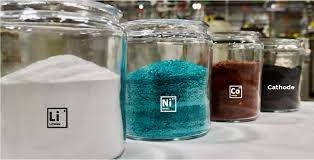
In addition, sodium-ion batteries are also an alternative battery material under development. It uses sodium ions as charge carriers, has a lower cost, and has better stability. However, sodium-ion batteries have relatively low energy density and slow charging and discharging speeds, which limits their use in certain applications.
In addition to the above-mentioned new battery materials, some new materials are under development, such as silicon-based anode materials and solid electrolytes. Silicon-based negative electrode materials have high specific capacity and safety, but their preparation is difficult. This problem needs to be overcome to achieve widespread application. Solid electrolytes are a new electrolyte material with good prospects. It can improve the safety of batteries and reduce their size and weight. However, there are still some technical problems that need to be solved.
High quality Modified artificial graphite supplier
Graphite-crop corporate HQ, founded on October 17, 2008, is a high-tech enterprise committed to the research and development, production, processing, sales and technical services of lithium ion battery anode materials. After more than 10 years of development, the company has gradually developed into a diversified product structure with natural graphite, artificial graphite, composite graphite, intermediate phase and other negative materials (silicon carbon materials, etc.). The products are widely used in high-end lithium ion digital, power and energy storage batteries.If you are looking for multi-walled carbon nanotubes,click on the needed products and send us an inquiry: sales@graphite-corp.com


